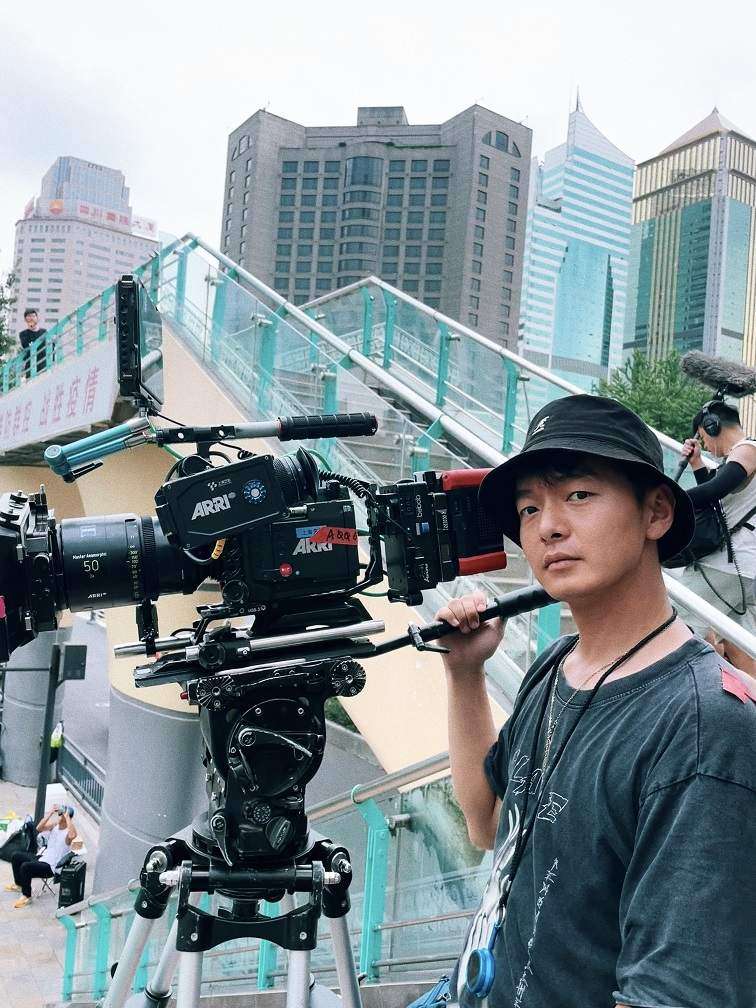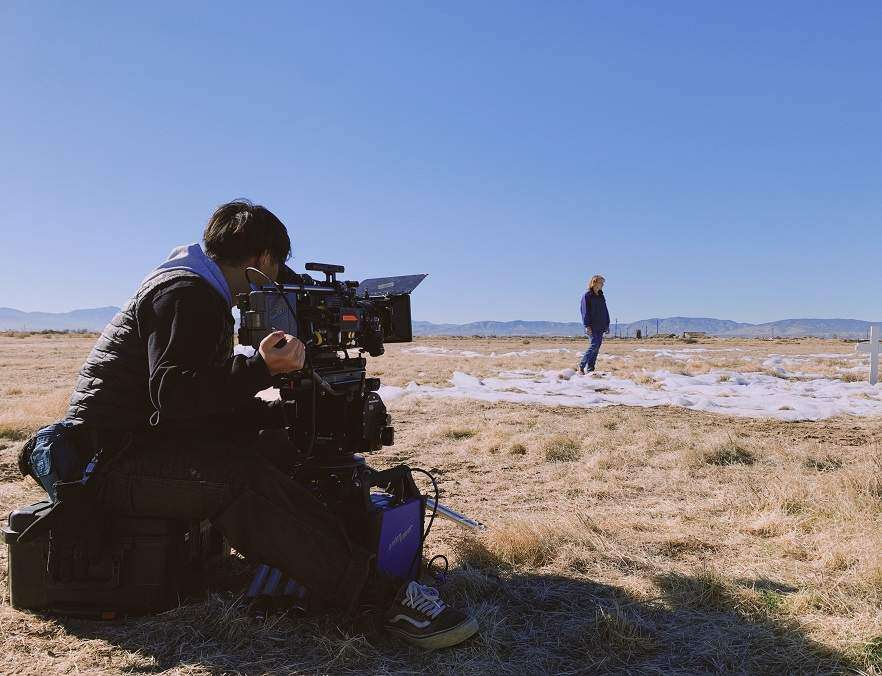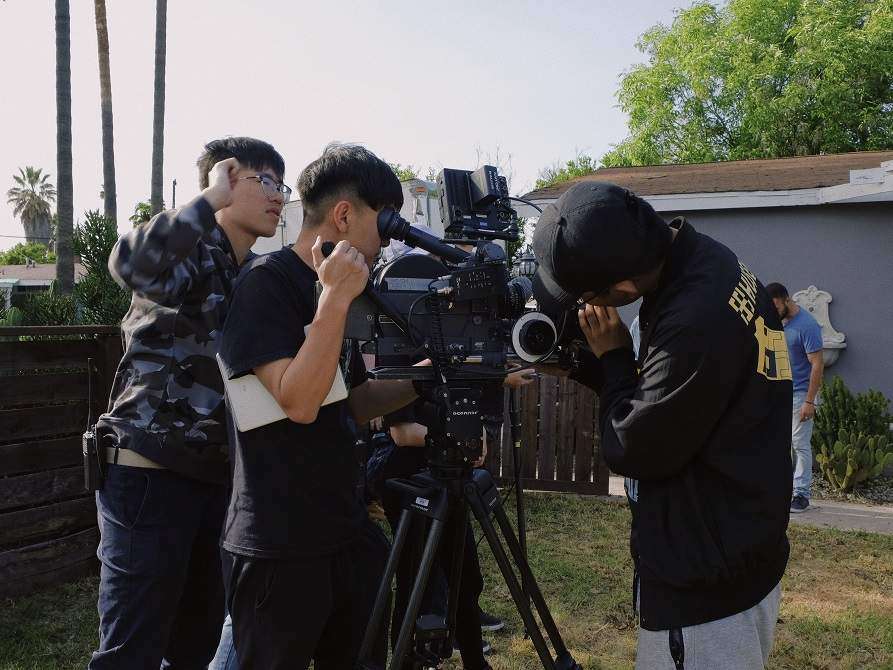
Though you might easily “see” any film, cinematographer Yifu Li adamantly wants you to “feel” his work. To state that his resume is populated by productions that possess this attribute would be a gross understatement. Yifu seemingly possesses the innate ability, honed by ceaseless exploration, to use the camera as the ultimate device of transference. Interestingly, he manifests this not out of excess but often with a Spartan ethos. This conservative style emphasizes the emotive power that emanates from the screen; at least it does at the hands of someone as adept as Yifu. We are often entertained by a film but it’s only when we see stories such as After or Latchkeys that we are reminded of the power this medium has to manifest empathy. As the DP of both these films, Yifu Li has engaged the camera lens as an aperture for the soul; one which calls upon us to embrace our kinder nature. Only by watching these films can one truly appreciate the masterful skill he displays.

Beauty and pain both abound in After, a story of a couple reeling from the devastating loss of their young daughter. Riley (Adrian Anchondo of the Primetime Emmy Award Winning Series How to Get Away with Murder and Primetime Emmy Award Nominated Series NCIS: Los Angeles) and Calvin (Dylan Wayne Lawrence) can barely face each other after their daughter’s tragic drowning. What was once a bright joyful world has become cold and dark for them. The devastation and isolation of this situation is communicated most adeptly by Yifu in a number of ways. Long takes with a minimum of dialogue and an absence of sound effects passively place the audience in the same cocoon of drawn out/endless time where Riley and Calvin spend every waking moment. The wide framing used gives a sense of physical distance between them that mirrors the emotional space. Much of this story is based on the past, the choice to shoot with both 16MM and VHS imbues the film with a historical veneer that aids in the emotional tone. Yifu describes, “Since After is a story about memories, past, loss and nostalgia, a real vintage film look enhances the tone of every shot. Unlike 35mm film, 16mm film has more flaws, which is a good thing for After. Less shapeless and more noticeable grains bring a deeper feeling of retro and nostalgia. Particularly when we have a large amount of silent long takes, tons of the tiny organic moving film grains become a part of this film’s personality. We can’t distinctly make out the grains but we can feel them. I under-exposed the film stock on purpose to bring out more grains.” While the characters are mostly pensive and inactive, the shot design and lighting of After infers motion and activity. As Riley and Calvin eat in a restaurant, they are seated side by side facing the glass window looking over the street. Their own reflections imply that they are having a conversation not only with each other but with their “other selves.” When they notice a young girl who reminds them of their daughter, the high beam of the car picking her up crosses over their faces; a statement that the world moves on while they are stuck in this moment. The final scenes with the couple watching a VHS tape of happier days infers movement due to the glow of the television. With this film, Yifu has given us a means to experience stagnant emotional time and chronological time simultaneously.

A vastly different emotional tone is the core of Latchkeys, though it also plays with a sense of time. This official selection of the San Diego Asian Film Festival, Anchorage International Film Festival, and others follows a Korean-American girl named Jenny from her childhood to early adult life. We are introduced to Jenny (portrayed by actress Ji-Young Yoo and Meilani Sato) at the age of five. Her single father works to support them both, often leaving Jenny somewhat lonely. The two of them share a connection through dance and this becomes a means for Jenny to connect with others in later years. While the story celebrates connection, the challenge for Yifu was to make it natural for the audience to believe that the two very different actresses portraying Jenny were the same person. The framing and pacing utilized by Yifu have remarkably created the sense that while Jenny is often alone, she is not alone. The camera, and thereby the audience, have befriended her; always accompanying, always entertained, always eager to see what she is performing. The DP explains, “What I focused on most when designing the shots for both versions of Jenny was how to present their eyes preciously on the screen. For Latchkeys, every time we see the protagonist, regardless of whether it’s the child or adult Jenny, I made sure we were catching their eyes and brightening them. I didn’t’t do this with any of the other characters. The result of this is that the audience doesn’t’t even question the idea that this is Jenny in her youth and her 20’s. This is the persuasive power of how you present things with the camera. It’s never obvious, but something you can subtly feel without telling explicitly.” This is Yifu’s way; to prepare the emotional path for an audience to discover at their own pace.
Writer: Louie Paglia